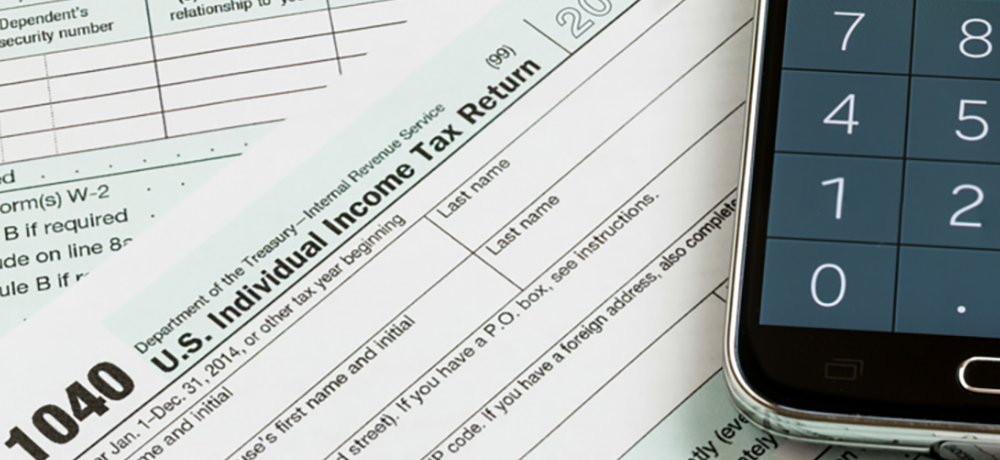
by Stephen Smith
on February 12, 2016
With February upon us, most Americans have forgotten or discarded their New Year’s resolutions, but there is still one thing Americans can look forward to, tax refunds! Unfortunately, getting a refund requires collecting, sorting, and verifying all the tax documents needed to correctly file a tax return. Below is list of common tax forms associated with cafeteria plan benefits to help employees sort through this mountain of paperwork.
Major Medical Insurance (Health Insurance):
- With limited exception, employers must report the total premiums paid by the employer and employee for health insurance in box 12 of the W-2 with the code ‘DD’ as employer-sponsored health coverage. Please note that including any benefits in code ‘DD’ in and of itself has no impact on the employee’s tax liability, although liability may be increased or decreased by other factors, including whether certain benefits are offered under a cafeteria plan, which would potentially decrease participants’ tax liability.
- Employees will receive a 1095-B if they are covered by their employer’s health insurance and if their employer offers a “fully-insured health plan”, which is a health plan where the employer pays insurance premiums to an insurance carrier. The 1095-B reports the type of insurance coverage, the dependents covered by policy, and the period of coverage for the tax year under the policy. Additionally, employees of an employer that is not an “applicable large employer” (generally an employer with fewer than 50 full-time-equivalent employees) which offers a “self-insured health plan” (health insurance plan operated and administered by the employer) will receive a 1095-B. Employees of applicable larger employers with self-insured plans will not receive a 1095-B. Please note that fully-insured health plans are more common than self-insured health plans.
- Employees offered insurance by an applicable large employer will receive a 1095-C, which shows the employer’s share of the coverage offered to the employee and whether that coverage is minimal essential coverage for the employee, the spouse and/or their dependents. If the applicable large employer is also self-insured, the 1095-C will also list the individuals covered under the employee’s policy and the employee’s length of coverage during the tax year. Please see the chart below to see if which forms employees will receive based on the employer type.

Dental and Vision:
- Dental and vision plans that are either: (1) not integrated with another medical or health plan (i.e., dental and/or vision coverage are separated insurance policies from the employer’s health insurance) or (2) plans in which employees are given a choice to decline the dental or vision plan or elect and pay an additional premium, are optional to add to an employee’s W-2, box 12, code ‘DD’. Plans that have dental and vision insurance that do not meet either of these criteria may be required to include dental and vision premiums in box 12, code ‘DD’. Most dental and vision plans meet both criteria.
Flexible Spending Arrangement (FSA or HealthCare Reimbursement):
- FSA funds that are funded solely by employee contributions should not be reported on any tax form.
- If an employer makes contributions into an employee’s FSA, those contributions will appear in box 12 of the W-2 with the code ‘DD’ with all other employer-sponsored health coverage. Please note that employer contributions to an FSA are uncommon.
Dependent Care Assistance Program (DCAP):
- Dependent care benefits provided through an employer-sponsored DCAP are reported on box 10 of the W-2. Most employers will report the total amount that employees elected for the calendar year for dependent care expenses.
- The information from box 10 of the W-2 will be used to fill out form 2441, which employees will attach to their tax return.
- Form 2441 is also used to calculate the Dependent Care Tax Credit, a related tax benefit that employees may use for daycare expenses for qualified persons that were not reimbursed from their employer-sponsored DCAP.
Health Savings Account (HSA):
- Employer and employee contributions to an HSA through payroll will be reported on an employee’s W-2, box 12, with a code ‘W’.
- If an employee had any distributions from the HSA during the tax year, they will also receive a 1099-SA from the HSA trustee, which is usually a bank.
- For most employees, the W-2 and 1099-SA will be the only tax documents they need to fill out IRS form 8889, the tax form filed with the IRS to report HSA activity during the tax year.
- If employees made contributions outside of payroll, they will need to include those contributions along with the information on their W-2s and 1099-SAs to complete form 8889. Please note that employees can make non-payroll contributions to their HSA up to the tax filing deadline and have them treated as prior year HSA contributions.
- HSA trustees will also provide form 5498-SA, which reports all contributions treated as being made during the tax year. This form is not required to be sent until May 31st of the following year since contributions can be made up to the tax filing deadline. For most employees, the 5498-SA will be merely informational, but they should compare form 5498-SA with their W-2 and any contributions made outside of payroll to make sure the amounts match.
Health Reimbursement Arrangement (HRA):
- Employers may include HRA contributions in the W-2, box 12, code ‘DD’ as part of employer-sponsored health coverage.
Other Benefits Offered Under a Cafeteria Plan:
- Most other cafeteria plan benefits will not appear on any tax form or will appear on W-2, box 12, code ‘DD’
Helpful Links:
Form W-2 Reporting of Employer Sponsored Health Coverage
https://www.irs.gov/Affordable-Care-Act/Form-W-2-Reporting-of-Employer-Sponsored-Health-Coverage
IRS Forms and Publications
https://www.irs.gov/Forms-&-Pubs


